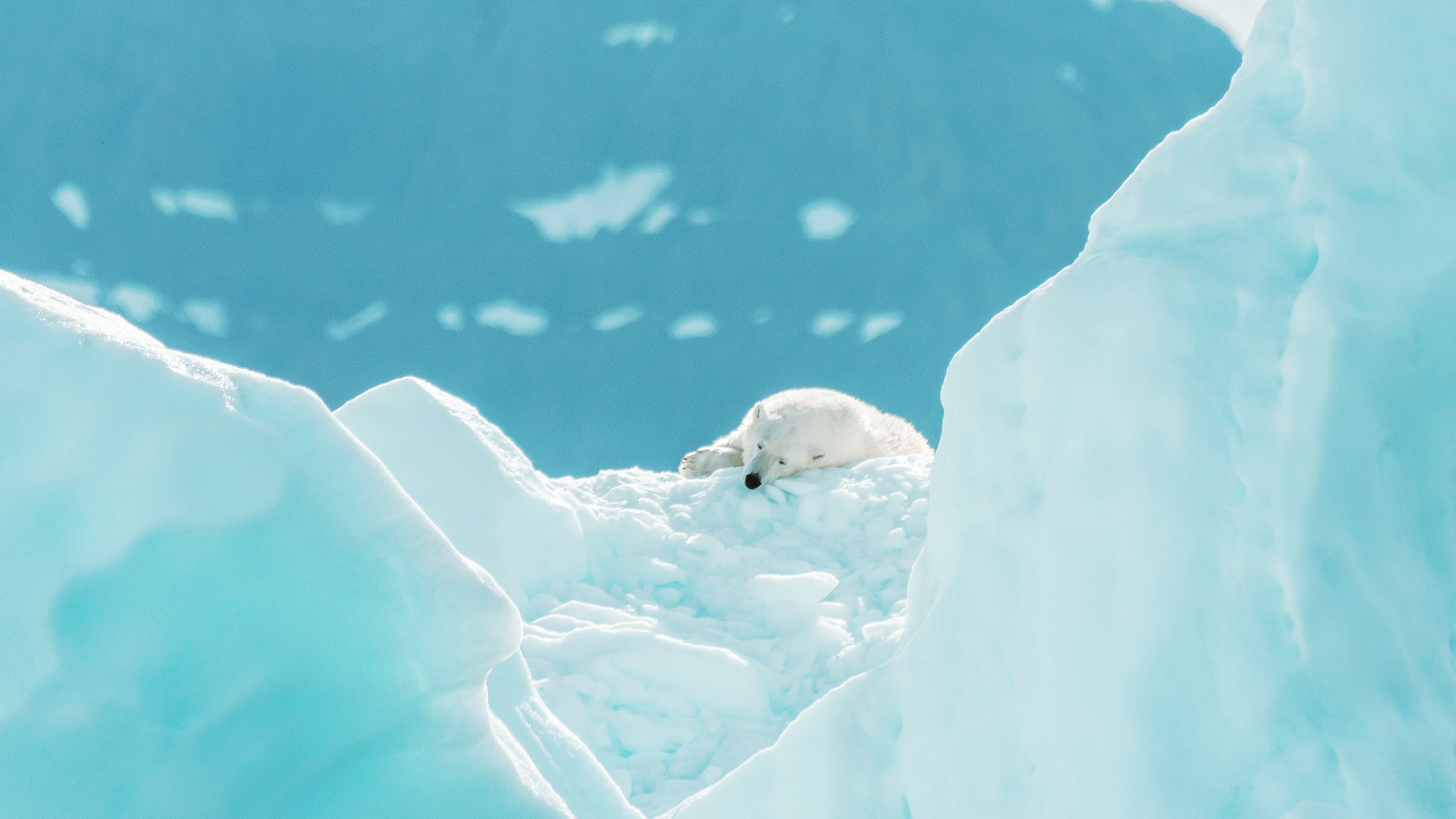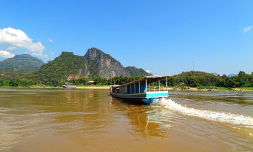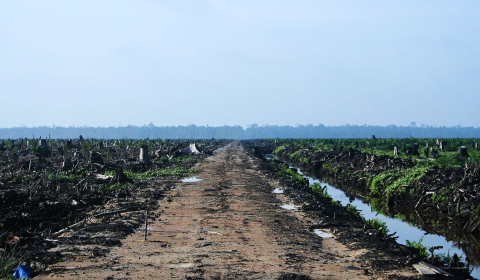With its vast resources becoming increasingly accessible, Arctic exploitation has caused notable geopolitical unrest.
Nestled within the territories of eight different countries, the Arctic Circle is home to a population of 4 million people. Yet, it is the allure of the region’s vast untapped resources that has captivated the ambitions of nations globally.
The Arctic is home to major reserves of oil and natural gas, promising significant energy reserves for the world.
Beyond fossil fuels, it also holds deposits of minerals such as iron ore, copper, nickel, zinc, phosphates, and even diamonds. As global energy demands continue to rise and traditional reserves become harder to access, the resources within the Arctic present an attractive opportunity for countries seeking to secure their energy supplies and thereby economic growth.
The region falls within the domain of America, Canada, Denmark, Finland, Iceland, Norway, Russia, and Sweden. Together, these eight constitute the Arctic Council, an inter-governmental forum aimed at promoting cooperation within the region between governments and the indigenous people.
However, despite the creation of the such organisation, these countries are actively developing ways to exploit the Arctic.
Russia has been investing heavily in Arctic infrastructure and has deployed advanced technology to enhance its oil and gas exploration capabilities. The country has developed several offshore drilling projects, such as the Prirazlomnoye oil field in the Pechora Sea, which became the first operational oil production site in the Russian Arctic.
Canada has been exploring its Arctic waters for oil and gas reserves, with companies like Imperial Oil and Chevron participating in drilling activities. Norway, known for its expertise in offshore oil production, has been successful in developing the Johan Castberg field in the Barents Sea.
China, despite not having territorial claims in the Arctic, has shown interest in the region’s resources and has invested in Arctic mining projects, such as the Isua iron ore project in Greenland.
As for the USA, the controversial Willow Project is located in Alaska, the American region that falls in the Arctic Circle. The project aims to develop oil and gas resources in the area, including the construction of drilling sites, pipelines, and associated infrastructure.
Due to the impact and scale of the venture, it has been a subject of debate and scrutiny, with discussions centered around the balance between energy development and environmental conservation.
Recently, in light of the recent tensions between NATO and Russia, Arctic grounds have been militarized too. Increased military activity by Russia has prompted the need for NATO to monitor developments and maintain a credible presence. With Finland and Sweden set to join NATO, seven out of the eight Arctic nations will be part of the alliance, while Russia, possessing the majority of the Arctic coastline, remains outside.
Several important international policies have been implemented to safeguard the Arctic region. The United Nations Convention on the Law of the Sea provides a legal framework for the use and conservation of marine resources, including the Arctic Ocean. It establishes rules for determining territorial and economic zones, as well as the rights and responsibilities of states.
The Agreement on Cooperation on Aeronautical and Maritime Search and Rescue in the Arctic aims to improve search and rescue capabilities, ensuring a coordinated response to emergencies and accidents.
Additionally, the International Maritime Organisation has developed guidelines for ships operating in the Arctic, addressing safety, pollution prevention, and navigational concerns specific to the region’s challenging conditions.
However, despite the treaties and policies, indigenous people are often overlooked and marginalized. In particular, indigenous land rights are frequently ignored or undermined. Their traditional territories are often subject to competing claims by governments and commercial interests, resulting in encroachments on their lands and resources without consent.
Rapid societal changes and the influence of dominant cultures can lead to the erosion of indigenous identities and cultural heritage, undermining their sense of self and community.
Ultimately, the biggest impact comes from the environment. These indigenous communities have traditionally relied on the Arctic environment for their livelihoods, including hunting, fishing, and gathering resources. Disrupted ecosystems, loss of wildlife, and contamination of natural resources jeopardize their food security and cultural practices.




















